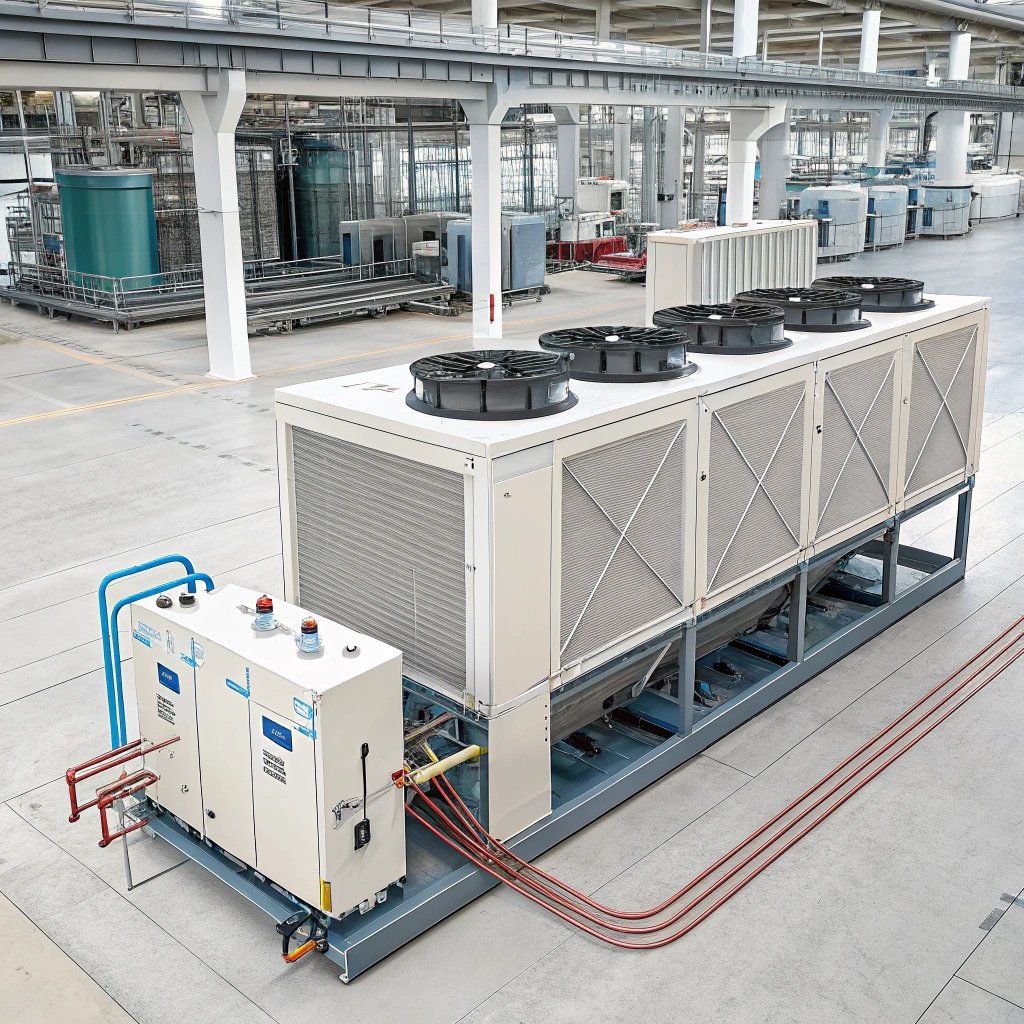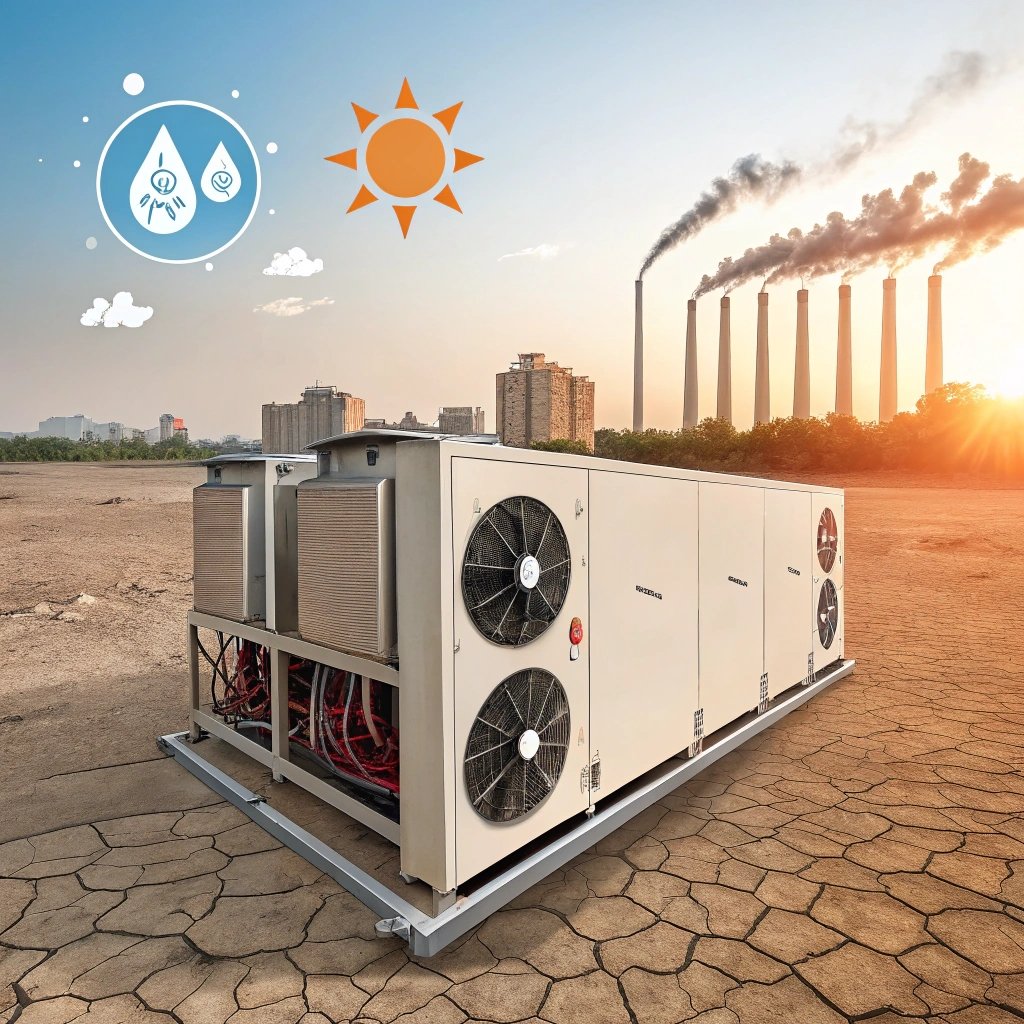What is the Correct Temperature for a Chiller?

leading paragraph:
When it comes to chillers, temperature control is everything. But what exactly is the right temperature for a chiller to operate efficiently?
featured Paragraph:
The correct temperature for a chiller depends on the type of chiller, its application, and the surrounding environment. Typically, the temperature for most industrial chillers ranges from 7°C to 12°C (44.6°F to 53.6°F), but variations may exist.
Transition Paragraph:
Understanding the ideal temperature for your chiller is critical for maintaining efficiency and avoiding system overloads. Let’s dive into the specifics of different chiller types and their optimal operating conditions.
What is the Correct Temperature for a Water Cooled Chiller?
leading paragraph:
Water-cooled chillers are widely used in industrial and commercial settings. But what temperature range should they operate in to ensure efficiency?
featured Paragraph:
For water-cooled chillers, the standard operating temperature is generally between 7°C and 12°C (44.6°F and 53.6°F). This temperature range helps maintain a balance between energy efficiency and optimal cooling.

Dive deeper Paragraph:
Water-cooled chillers use water from an external source (like a cooling tower) to absorb heat from the refrigerant. The optimal temperature range ensures that the water used for heat exchange is neither too hot nor too cold, preventing the compressor from overworking. When water temperature falls below 7°C (44.6°F), there is a risk of freezing in the evaporator, which can damage the system. On the other hand, if the temperature exceeds 12°C (53.6°F), it can reduce the chiller’s efficiency, causing higher energy consumption.
Furthermore, the ambient temperature plays a role in determining how effectively a water-cooled chiller can perform. If the surrounding air is too warm, it becomes harder for the system to reject heat, pushing the chiller to work harder and consume more energy. Additionally, water quality (pH levels, hardness) can impact chiller performance, making regular maintenance crucial to ensure the temperature remains in the ideal range.
What is the Correct Temperature for an Air Cooled Chiller?
leading paragraph:
Air-cooled chillers don’t rely on external water sources. So, what temperature range should these units maintain for optimal cooling performance?
featured Paragraph:
Air-cooled chillers typically operate in a temperature range between 6°C and 12°C (42.8°F and 53.6°F). This ensures efficient heat exchange with the surrounding air, helping the chiller maintain the right cooling temperature.

Dive deeper Paragraph:
Unlike water-cooled chillers, air-cooled systems rely on air to cool the refrigerant. The temperature setting for air-cooled chillers is crucial because it directly affects their cooling efficiency. When the evaporator temperature is set too low, it can lead to frost build-up on the heat exchanger coils, significantly reducing heat exchange efficiency. A higher temperature setting may result in insufficient cooling performance, making the chiller work harder and consume more energy.
Air-cooled chillers are often used in applications where water is not readily available, or where water usage needs to be minimized, such as in smaller facilities or urban environments. However, these chillers are sensitive to ambient temperature changes, especially in warmer climates. When the external air temperature rises above 35°C (95°F), the chiller will struggle to reject heat, causing an increase in energy consumption.
Regular checks, such as cleaning the condenser coils and checking for airflow obstructions, are essential for maintaining the correct operating temperature. Furthermore, monitoring the temperature controls and ensuring the refrigerant charge is optimal can prevent performance issues.
What is KW/TR for a Water Cooled & Air Cooled Screw Chiller?
leading paragraph:
When selecting a chiller, understanding its cooling capacity is essential. But what do KW/TR values mean for water-cooled and air-cooled screw chillers?
featured Paragraph:
KW/TR stands for Kilowatts per Ton of Refrigeration, a key metric in understanding the efficiency of chillers. Water-cooled screw chillers typically range between 0.6-0.7 KW/TR, while air-cooled screw chillers tend to have a slightly higher range of 0.8-1.0 KW/TR.

Dive deeper Paragraph:
KW/TR is a unit of measurement used to compare the efficiency of different types of chillers. It tells you how much energy (in kilowatts) is consumed to provide one ton of cooling. The lower the KW/TR value, the more efficient the chiller is at converting energy into cooling power.
For water-cooled screw chillers, a typical value is between 0.6 and 0.7 KW/TR. This means that for every ton of cooling, the chiller uses only 0.6 to 0.7 kilowatts of power. These systems are typically more efficient because the cooling process relies on water, which is more effective at heat transfer than air. The presence of an external cooling tower also helps reduce the energy needed to reject heat.
On the other hand, air-cooled screw chillers usually have higher KW/TR values, typically ranging between 0.8 and 1.0 KW/TR. The reason for this difference is that air-cooled systems rely on air for heat rejection, which is generally less effective than water in transferring heat. As a result, air-cooled chillers tend to consume more energy for the same amount of cooling output.
While air-cooled chillers might consume more power, they have the advantage of being simpler to install and maintain, as they don’t require water infrastructure. Water-cooled systems, however, are better suited for larger facilities that have the necessary infrastructure to support them.
Conclusion
The correct temperature for your chiller depends on its type and application. Maintaining the ideal temperature ensures optimal performance and efficiency. Understanding the KW/TR value is equally important to gauge energy consumption.
Insights
Maintaining optimal temperature settings is critical for both water-cooled and air-cooled chillers. Regular maintenance and proper installation can significantly improve their efficiency and lifespan. Always ensure that temperature, KW/TR, and other operating parameters are within the recommended ranges for your specific chiller model.




